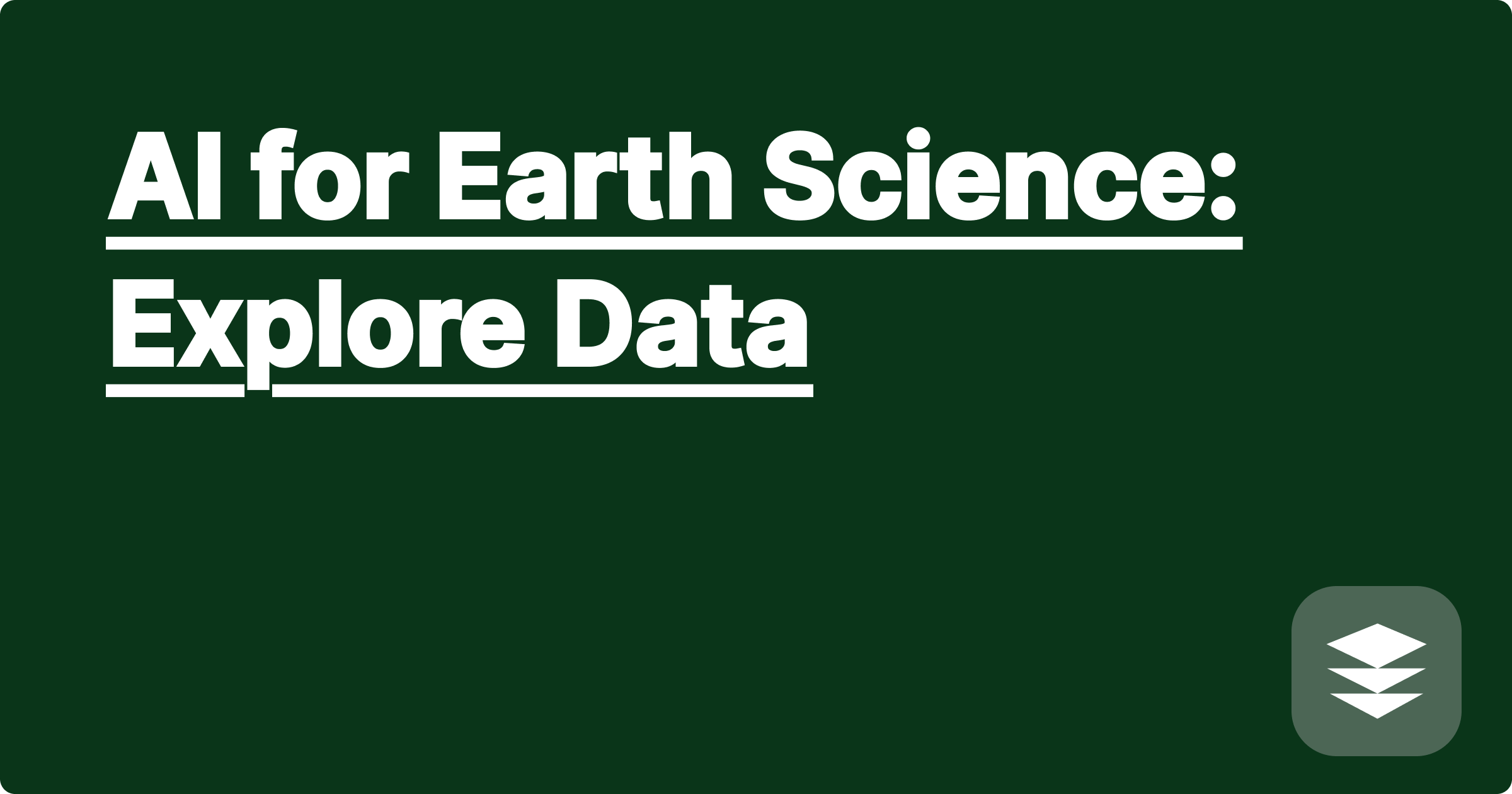
The sheer volume of data generated in Earth Science can be overwhelming. From satellite imagery capturing the Earth's dynamic surface to complex climate models predicting future scenarios, analyzing this information efficiently is a significant challenge for STEM students and researchers. Traditional methods often involve tedious manual processing and analysis, consuming valuable time and resources. However, the rise of Artificial Intelligence (AI) offers a transformative solution, providing powerful tools to unlock the hidden insights within these vast datasets, accelerating research, and deepening our understanding of our planet. This blog post explores how AI can empower Earth Science students and researchers to navigate this data deluge, focusing on practical applications and lesser-known AI tools that can significantly boost your productivity and research outcomes.
For STEM students, particularly those grappling with complex datasets and time constraints, AI offers a lifeline. Imagine having a personalized research assistant available 24/7, capable of sifting through mountains of data, identifying relevant information, and even suggesting new research directions. This isn't science fiction; it's the reality of AI-powered tools. This blog post will delve into practical strategies for leveraging these tools, including a personalized AI partner, and explore how they can revolutionize your approach to learning and research, helping you achieve academic success and prepare for a future driven by data-driven insights.
Earth Science encompasses a diverse range of disciplines, including geology, meteorology, oceanography, and climatology, each generating massive amounts of data. Analyzing this data effectively requires specialized skills and often involves complex statistical methods, coding, and visualization techniques. Traditional approaches can be time-consuming and may not always reveal the intricate patterns and relationships hidden within the data. Furthermore, staying updated with the latest research and literature is crucial, but sifting through countless publications can be a daunting task. This data overload and the complexity of analysis can hinder students' learning progress and researchers' ability to make significant discoveries.
AI offers a powerful suite of tools to address these challenges. AI algorithms can automate data processing, identify patterns, and generate predictive models, freeing up researchers and students to focus on higher-level analysis and interpretation. Tools like ChatGPT and Claude can assist in literature reviews, summarizing key findings, and even generating initial drafts of research papers. Wolfram Alpha can be invaluable for complex calculations and data exploration. Beyond these well-known tools, several specialized AI applications cater specifically to Earth Science needs.
Imagine having a personalized AI partner, or GPAI, guiding your research. First, define your research question and identify the relevant datasets. Then, use your GPAI to help organize and pre-process the data, ensuring its quality and consistency. Next, explore specific AI tools tailored to your needs. For example, if you're working with satellite imagery, consider using AI-powered image segmentation tools to identify specific features like vegetation or urban areas. If you're dealing with climate data, explore AI-powered time series analysis tools to identify trends and anomalies. Throughout this process, your GPAI can act as a sounding board, helping you refine your approach and explore new avenues of investigation. Finally, use AI tools to visualize your findings and communicate your results effectively.
Consider a student researching the impact of deforestation on regional climate patterns. They could use an AI-powered image analysis tool to quantify deforestation rates from satellite imagery over time. Then, they could use a climate modeling tool powered by AI to simulate the impact of these changes on temperature and precipitation patterns. Their GPAI could help them find relevant research papers, synthesize the existing knowledge, and even suggest new hypotheses to explore. Another example is a researcher studying ocean currents. They could use AI-powered data analysis tools to identify patterns in oceanographic data collected from buoys and satellites. These tools can uncover subtle correlations and predict future changes in ocean circulation, leading to a deeper understanding of the complex dynamics of our oceans.
Leveraging AI effectively requires a strategic approach. First, invest time in learning the basics of AI and data analysis. Numerous online resources and courses are available. Second, explore different AI tools and identify those that best suit your specific needs. Don't be afraid to experiment and try new things. Third, develop a strong understanding of the underlying principles of your field of study. AI should be a tool to augment your knowledge, not replace it. Fourth, use your GPAI to create a personalized learning plan and stay organized. Finally, actively engage with the AI community and share your experiences. This can help you discover new tools and learn from others.
By embracing these strategies and incorporating AI into your workflow, you can significantly enhance your research capabilities, improve your academic performance, and prepare for a future where data literacy and AI proficiency are essential skills. Start exploring the world of AI for Earth Science today and unlock the potential of data-driven discovery. Remember, AI isn't about replacing human ingenuity; it's about empowering us to ask bigger questions and uncover deeper insights about our planet. Your journey towards becoming an AI-powered Earth Scientist begins now.
AI for Differential Equations: Solve Problems
AI for Earth Science: Explore Data
AI for Aerospace Eng: Flight Sim
AI for Physics Labs: Data Analysis
AI for Genetics: Understand DNA
AI for Electrical Eng: Circuit Design
AI for Biochemistry: Enzyme Kinetics
AI for Math: Conquer Complex Problems